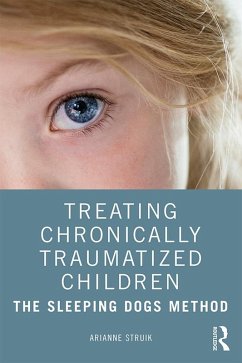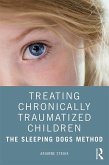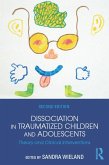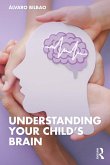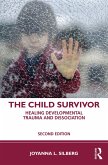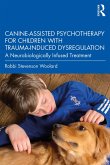Dieser Download kann aus rechtlichen Gründen nur mit Rechnungsadresse in A, B, BG, CY, CZ, D, DK, EW, E, FIN, F, GR, HR, H, IRL, I, LT, L, LR, M, NL, PL, P, R, S, SLO, SK ausgeliefert werden.
"Arianne Struik has developed a brilliant theory based on her many years of experience working with traumatized children and young people. For the past three years, Arianne Struik has been working on major new projects, in which she shows her ability to develop and refine both the theory and practice of working with traumatized children. She is an excellent teacher and her ability to convey complex knowledge relating traumatized children to other professionals is both nuanced and precise.
This book charts the way in which we, in The Copenhagen Community Social Services, have been able to work together with Arianne Struik over the past three years. It has been an amazing journey for us in which we have been able to develop and deepen our understanding of the best ways to work with traumatized children. I strongly recommend all professionals read the new edition of Sleeping Dogs - and be inspired." - Claus Gosvig, Center Manager, Child Protection and Community Services Kopenhagen
"Struik incorporated vast experience with theoretical concepts in neuroscience in order to provide a significant challenge to all therapists treating traumatised children. Despite the multitude of information available about treatment of traumatised children, the vast majority of therapists are still too afraid to 'disturb' the trauma. By this inaction, many children continue to suffer complex behaviours. By implementing the Six Tests, even therapists new to the world of treating traumatised children, will be able to systematically follow a safe and effective protocol in the preparation and treatment of traumatised children. This book is a 'must read' for child therapists." - Dr. Renée Potgieter Marks, Consultant Therapist, UK

